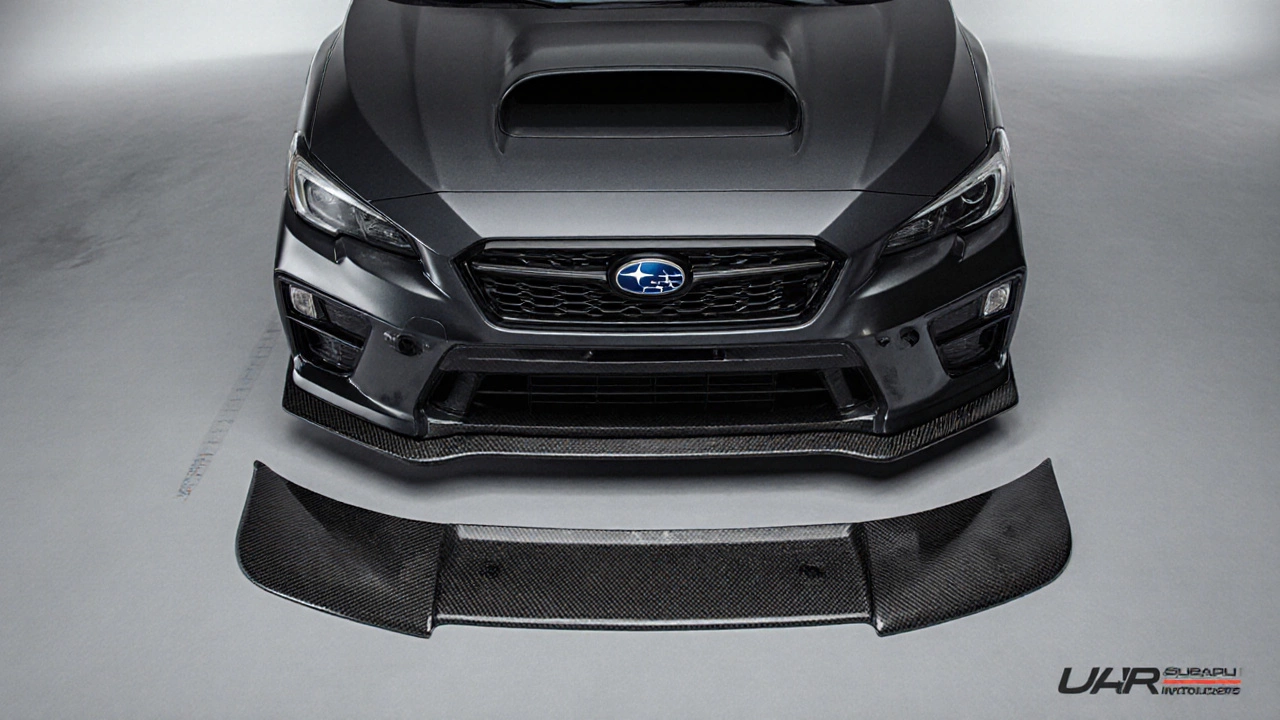When working with Body Kit Installation, the process of attaching aftermarket body panels, bumpers, skirts and spoilers to a vehicle. Also known as body kit fitting, it requires careful preparation, proper tools and a clear plan. Body kit installation isn’t just about looks – it changes airflow, adds weight, and can shift handling balance. In short, body kit installation encompasses the physical fitting of parts, demands knowledge of vehicle structure, and directly influences the car’s overall dynamics.
Every Body Kit, a collection of exterior components designed to alter a car’s silhouette and aerodynamics includes front splitters, side skirts, rear diffusers and sometimes a spoiler. These pieces work together to manage airflow, reduce lift and improve downforce. When you add a kit, Car Performance, how a vehicle accelerates, brakes and handles can change in several ways: weight gain may affect acceleration, while improved downforce can boost cornering grip. The relationship is clear – the design of a body kit influences aerodynamic efficiency, which in turn shapes the car’s handling characteristics. Knowing which parts affect drag versus downforce helps you pick a kit that matches your driving goals.
One of the biggest questions newcomers ask is how long the job will take. Installation Time, the total hours needed to clean, prep, fit and finish a body kit varies with complexity, tool availability and experience level. A simple bolt‑on kit on a front‑wheel‑drive sedan might be done in a single day, while a full‑wrap weld‑in kit on a sports car can stretch over a weekend. Planning ahead, gathering the right tools (torque wrench, drilling jig, alignment guides) and following a step‑by‑step checklist can shave hours off the process. Remember, rushing the fit can lead to misalignment, which harms both aesthetics and aerodynamics. By understanding the time commitment and preparing accordingly, you set yourself up for a smoother, safer install.
All of these factors – the parts themselves, the performance impact, and the time you’ll spend – tie back to one core idea: a well‑executed body kit install boosts both style and function when done right. Below you’ll find articles that dive deeper into each aspect, from choosing the right kit to troubleshooting common fit issues, so you can go from idea to finished ride with confidence.

Learn if you can fit a body kit to your car, covering compatibility, legal rules, costs, DIY vs pro installation, and maintenance in a clear step‑by‑step guide.